How Many Prisons/Prisoners Are There In Canada:?
| Table of Contents |
History of the Canadian Correctional System
The signing of the British North America Act in 1867 officially established Canada as a country. Its correctional history, on the other hand, dates back to the early days of English and French colonial settlement. At the time, all crimes were considered punishable, and punishment was frequently meted out in public. Offenders were either whipped or brandished.
They could also be pilloried, which meant putting them in wooden frames with openings for the head and arms or the arms and legs and exposing them in public squares for hours or even days. In other cases, offenders were simply transported to other countries and left to their fate.
The preferred forms of punishment were physical pain and humiliation. In the United States, it was the Quakers of Philadelphia who established the penitentiary in 1789 as an alternative to such harsh punishment. They believed that by segregating offenders and providing them with opportunities for labor and reflection, they could make them "penitent" and return them to the straight and narrow. Long-term incarceration spread to England as an alternative to exiling offenders to penal colonies. The first penitentiary in Canada was built in Kingston in 1835.
With the passage of the first Penitentiary Act (1868), it was transferred from provincial to federal jurisdiction. Many more institutions were constructed across the country until the end of the nineteenth century. All of these were maximum-security prisons where inmates were subjected to a strict regime of forced labor during the day and confinement at night and during "leisure" times, with food frequently limited to bread and water. Furthermore, silence was strictly enforced at all times!
Henry Smith, the first warden of Kingston Penitentiary, was blamed for the mistreatment that occurred at the time. Smith abused the whip, even flogging women and children; he punished inmates by chaining them up in dark cells or the "box," a vertical casket. Fortunately, an investigation revealed this and resulted in his dismissal. Things needed to change.
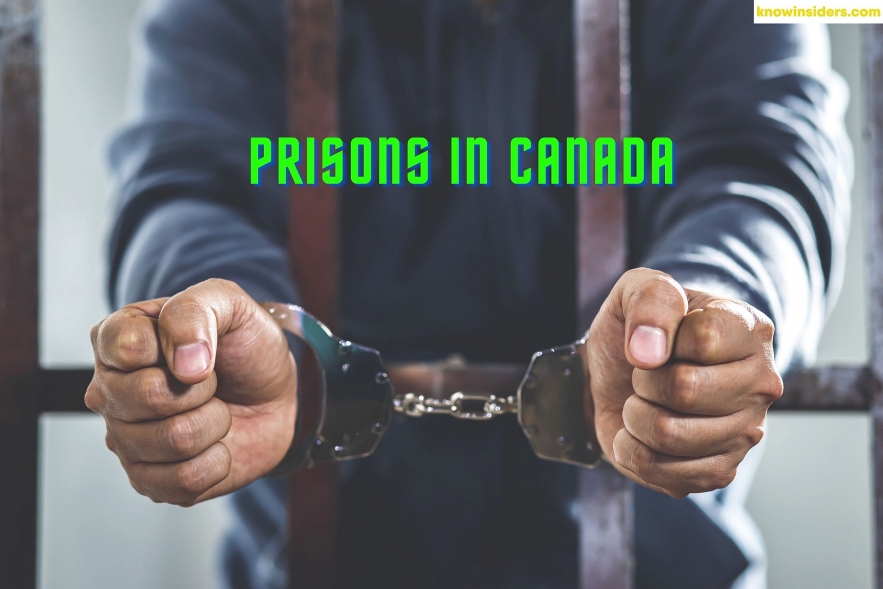 |
| How Many Prisons Are There In Canada: Prison Population, How Prisoners Suffer. Photo: KnowInsiders.com |
When did death pentalty come into force?In Canada, the only execution technique available was hanging. The list of crimes in Canada that carried the death penalty in 1859 included rape, murder, treason, poisoning or injuring someone with the intention of killing them, abusing a girl who was younger than ten years old, arson, and other offenses. Only three crimes were capital punishment as of 1869: treason, rape, and murder. In 1976, the death penalty was removed from the Canadian Criminal Code following years of controversy. Parliament took this stance because it believed that the State could not end a person's life, that there was always a chance that an innocent person would be found guilty, and that there was no guarantee that the death penalty would serve as a sufficient deterrent. The mandatory life sentence without the possibility of parole for 25 years in the case of first-degree murder and 10 to 25 years in the case of second-degree murder was substituted by the death penalty for murder by Parliament. |
How many prisons are there in Canada?
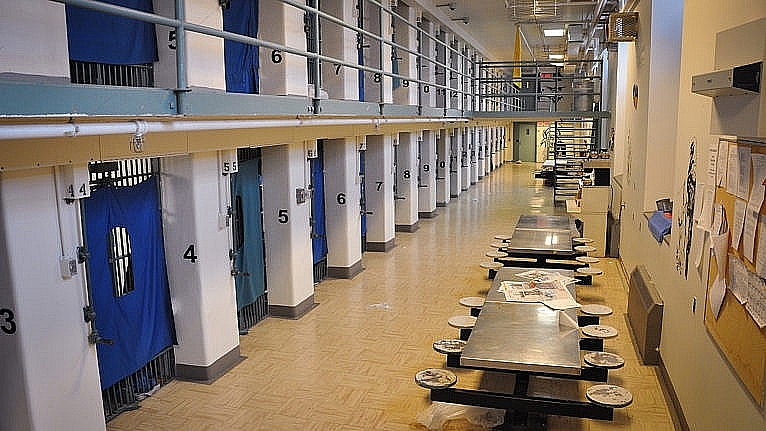 |
| Photo Canada Prison |
53 correctional facilities are run by the Correctional Service of Canada throughout the nation. The majority are for inmates who are men. Of these, 10 have different security levels inside the same facility, 8 have maximum security, 19 have medium security, and 15 have minimum security.
How many prisoners in Canada?
During the 2017–18 fiscal year, approximately 39,000 adults were detained in Canada on a daily average. This is a 9% decrease from four years ago, or 131 per 100,000 people in Canada.
Three groups comprise this figure: One federal penitentiary is housing approximately 14,000 inmates who have been sentenced to more than two years; another is housing less than 10,000 inmates who have been sentenced to less than two years; and a third is housing approximately 15,000 inmates who are being held in provincial jails while they await a plea or trial.
Parole and probationIn Canada, on any given day in 2017–18, about 95,000 adults were under supervision via parole, probation, or other means (excluding Nova Scotia, New Brunswick, and Yukon). Of these, about 9,000 were out of the federal system on parole. At roughly 36 per 100,000, the juvenile parole/probation rate is far lower and has decreased by 35% in the last five years. However, the decrease in juvenile detention and supervision has not resulted in a rise in overall crime, indicating that there may be room for a decline in adult rates as well. In Canada, the overall rate of adults incarcerated or under systemic supervision was nearly 500 per 100,000, or 5 persons per thousand. |
Annual per prisoner costs and comparisonsLet's now convert that to the price per prisoner. Federal data indicates that the average yearly cost of each prisoner in federal prisons is approximately $115,000. The cost of higher security levels is higher. Costs are significantly greater for female inmates. The average income in Canada in 2015 was approximately $70,000 per household, $27.000 for single people, and $39,000 for female single parents. This amount is in comparison to what is spent on each prisoner. Workopolis reports that in 2017, the average salary in Canada was approximately $50,000. In 2011–12, the average annual cost of a prisoner in a provincial jail was approximately $67,000. Based on information from this story, the annual cost of post-secondary education in Canada was slightly over $20,000. Three post-secondary education students could be funded by the price of one provincial prisoner; five students could be funded by the price of one federal prisoner. The Adoption Council of Canada estimates that it costs roughly $45,000 to maintain a child in the child welfare system and roughly the same amount to maintain a patient in an institution's long-term care bed ($126 per day, according to Home Care Ontario). These all make up roughly one-third of the price of a federal prisoner. |
Canadian Federal Prison Statistics
| 50%: The proportion by which the aboriginal prisoner population in federal prisons grew during the law-and-order Harper years between 2005 and 2015. |
| The number of aboriginal women entering prisons has almost doubled in that time. About 25% of the total Federal prisoner population of 15,000 in Canada is aboriginal; 35.5% of all women prisoners are aboriginal. |
| 69%: The proportion by which the black prisoner population grew during the same decade. 'These increases continue despite public inquiries and commissions calling for change and Supreme Court of Canada decisions urging restraint,' the report states. |
| More than 6,200: The number of formal prisoner complaints handled by the Office of the Correctional Investigator in 2014-15, one of the highest caseloads in recent years. |
| One in four: The proportion of prisoner in the federal prison population who are over 50 That's one-third more than just five years ago. According to the report, 'The system has become so risk averse that even elderly, chronically ill and geriatric persons who no longer pose any ongoing or dynamic risk to public safety are commonly held to their statutory or warrant expiry dates.' The prison population is not only getting older; it's also getting sicker. About 68% of federal inmates are overweight or obese. That number increases to 90% for those over 65. The average age at death for a federal inmate is around 60 – much younger than the Canadian average of 78.3 for men and 83 for women. |
How prisoners in Canada suffer
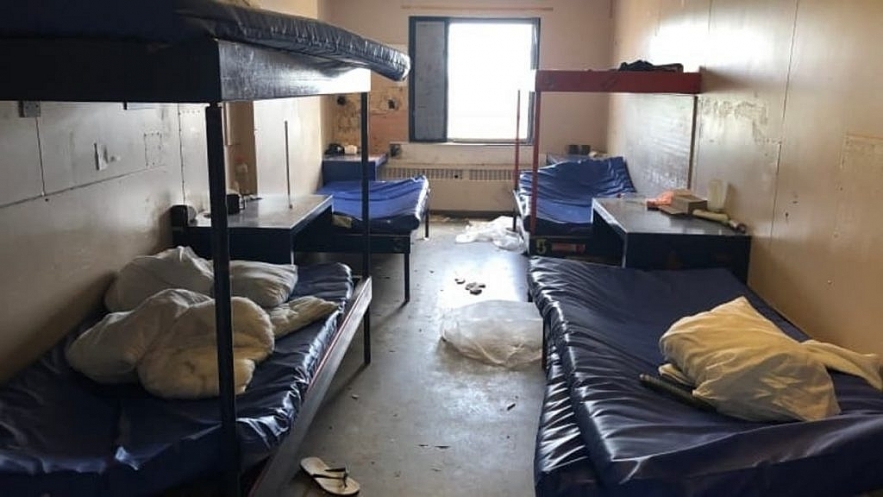 |
| Photo Canada Prison |
1. Health issues
Health problems still destroy prisoners' rights. Compared to the general population, prisoners have over 100 times the risk of contracting Hepatitis C, are more likely to experience psychiatric problems, and are far more likely to have HIV and AIDS. After being released from prison, ex-offenders have a 58-fold increased risk of experiencing mental health episodes that require hospitalization compared to the general population. Inmates might also receive excessive medication. Psychotropic medications are used to treat 46% of women incarcerated for conditions like anxiety disorders, bipolar disorder, and schizophrenia, according to the Canadian Human Rights Commission.
According to Catherine Latimer, executive director of the John Howard Society of Canada, "we see them (inmates) as aging 10 years faster in the prison community than in the regular community," and prisoners receive far less health care than members of the general public.
2. Solitary confinement
Solitary confinement, commonly referred to as "administrative segregation," is a common practice that is overused as a population control tool as well as for dangerous individuals.
Solitary confinement essentially enables prisons to "warehouse" inmates in overcrowded facilities, according to JHS research. Indigenous women make up half of the federal female prisoners kept in solitary confinement. In 2016, records revealed that an Indigenous man named Adam Capay had been kept in segregation for 1,500 days—more than four years—under 24-hour lighting. This incident brought attention to the problem of solitary confinement in Ontario. In that year, the Ministry of Community Safety and Correctional Services of Ontario pledged to cap the length of time spent in solitary confinement at fifteen days.
Attorney Amanda Hart-Dowhun of Alberta, who serves as president of the Alberta Prison Justice Society and a member of the Criminal Trial Lawyers' Association, reports:
3. Uncaring attitudes
According to Hart-Dowhun, an indifferent attitude is the main problem with inmate treatment:
While there are occasionally cases of malice committed against prisoners, the main problem they face is a widespread lack of concern, or the inability or inability to provide them with sufficient care.
Regarding the officials in prisons, she continues,
It's not that they want prisoners to suffer; rather, it's that they are unable or do not have the means to provide for them. Resources and how they are distributed are part of the problem; for example, if staff safety is the top priority, funding for that will come at the expense of other proactive measures and programs. When conditions are extremely bad, you do notice a trend toward an increase in riots and prisoner protests. They are less likely to riot when they receive comparatively good care.
4. Over-representation of Indigenous and Black people
The jail system in Canada is also heavily racially biased. Indigenous people are disproportionately represented in the jail system, according to Christa Big Canoe of the Aboriginal Legal Society, who made this observation on an episode of TVOntario's The Agenda in the spring of 2020. Indigenous inmate population exceeds twenty-five percent. Furthermore, 35% of prisoners in Canadian institutions are Indigenous women. In contrast, slightly less than 5% of Canadians are Indigenous.
Attorney Nana Yanful of the Black Legal Action Center brought up the issue of Black people being overrepresented in the legal system as a result of anti-Black racism during the same program. This includes treating clients unfairly in court and during sentencing, actively policing and surveilling communities where people of color reside, and drawing people into the criminal justice system.
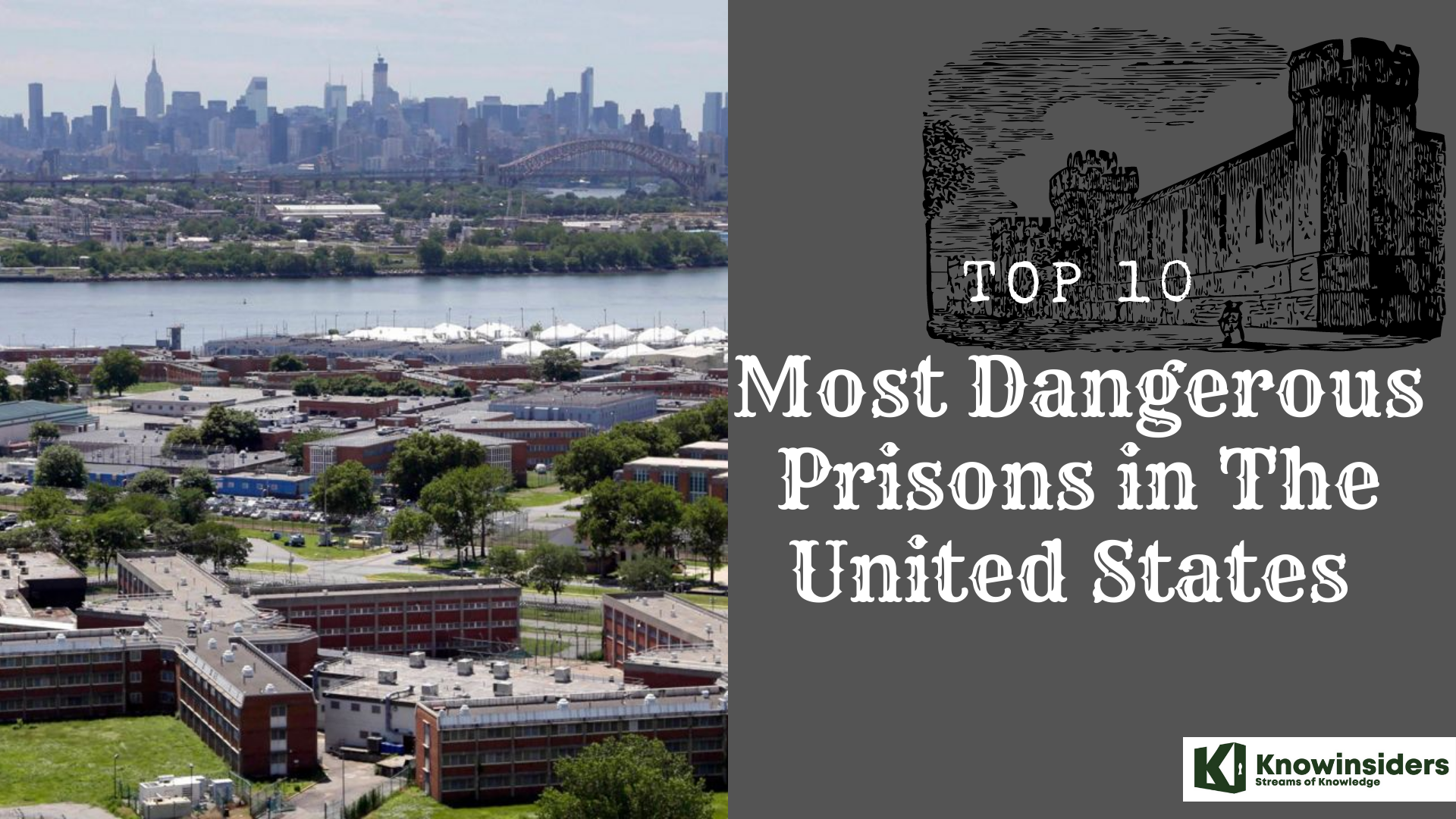 Top 10 Most Dangerous Prisons in the United States Top 10 Most Dangerous Prisons in the United States America is notorious for many prisons with the hardest living conditions for the prisoners. Here is top 10 most dangerous prisons in the United States. |
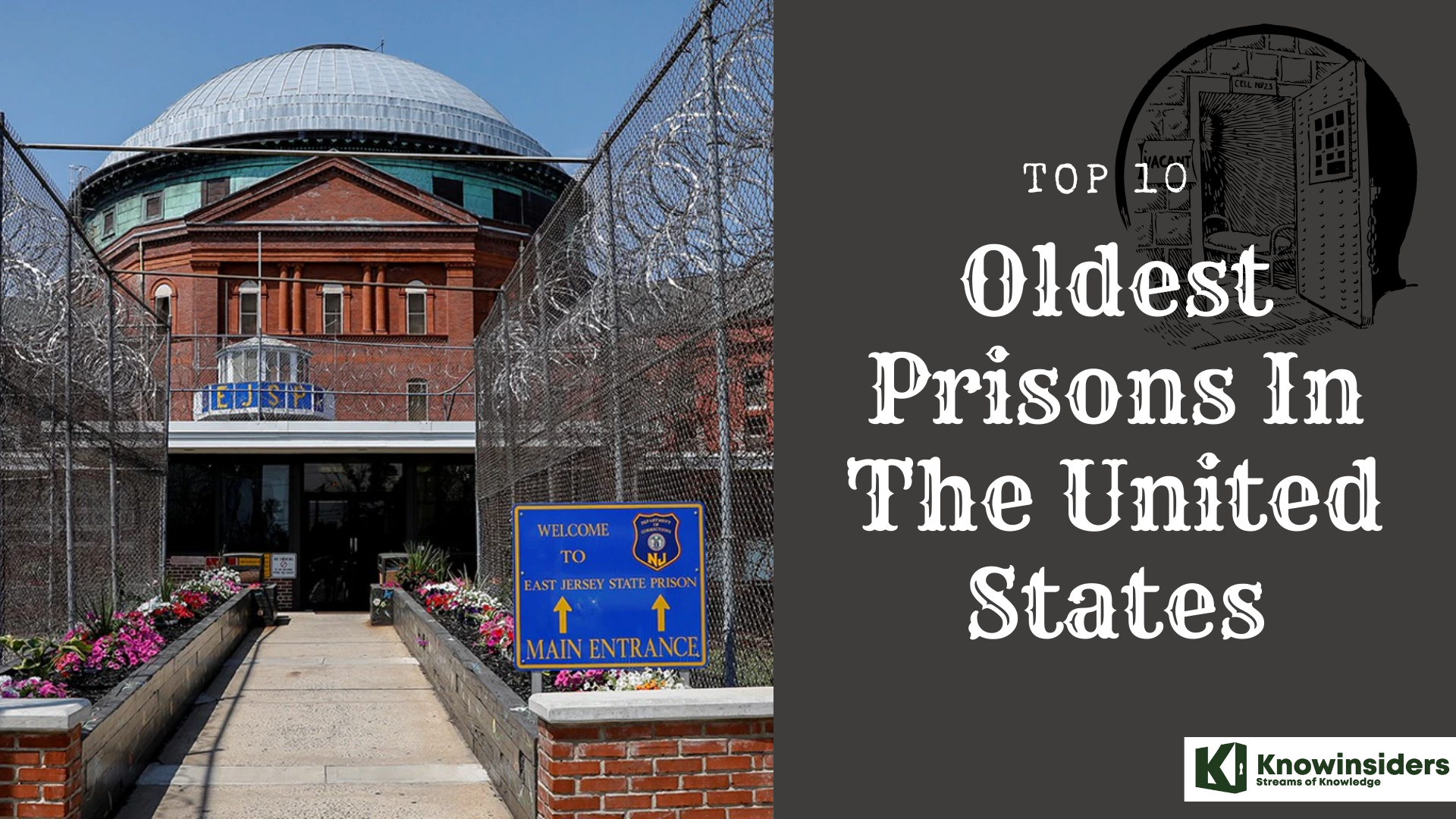 10 Oldest Prisons In The United States - The First Jails 10 Oldest Prisons In The United States - The First Jails Prisons are the last place anyone would wish to go, and United States has some of the oldest, most menacing prisons ever with a cruel ... |
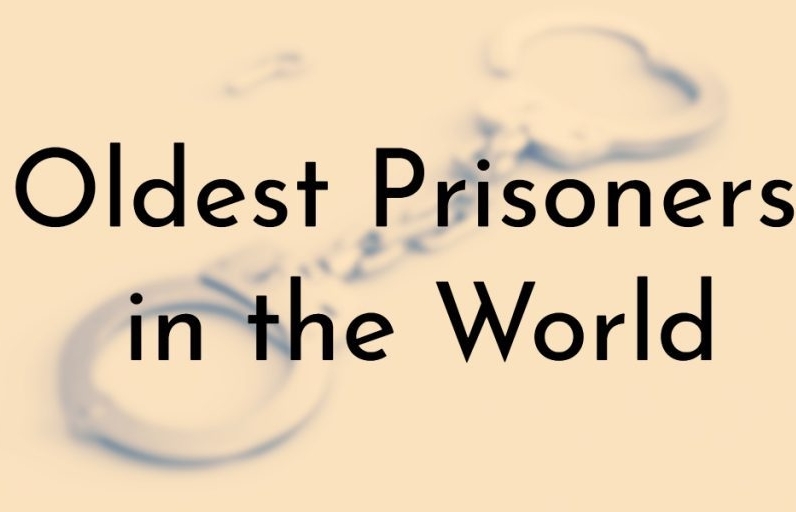 Top 10 Oldest Prisoners in the World Top 10 Oldest Prisoners in the World Who is the oldest prisoner in the world? Check out the answer in our list of the 10 oldest inmates on Earth below! |
























